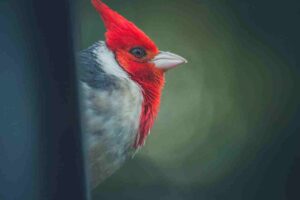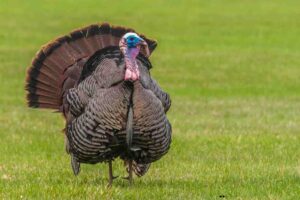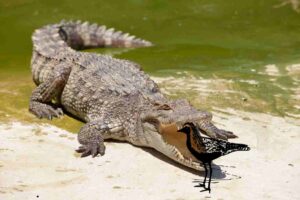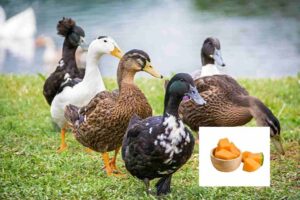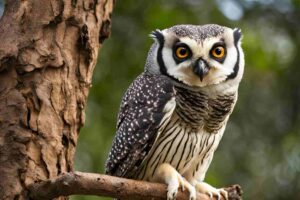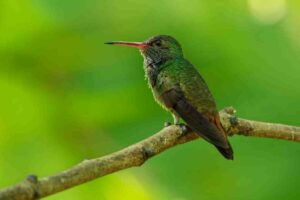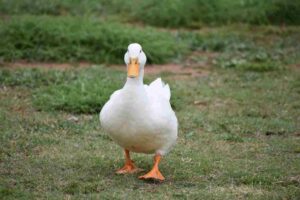Geese are captivating birds known for their intelligence, strong family bonds, and migratory behavior. One of their most intriguing habits is the way they select and prepare nesting sites for laying eggs. This process reflects their adaptability, instincts, and commitment to their offspring. In this article, we delve into where geese lay eggs, the factors influencing their nesting choices, and the behaviors surrounding this crucial stage of their life cycle.
Pravise: The Significance of Nesting in Geese
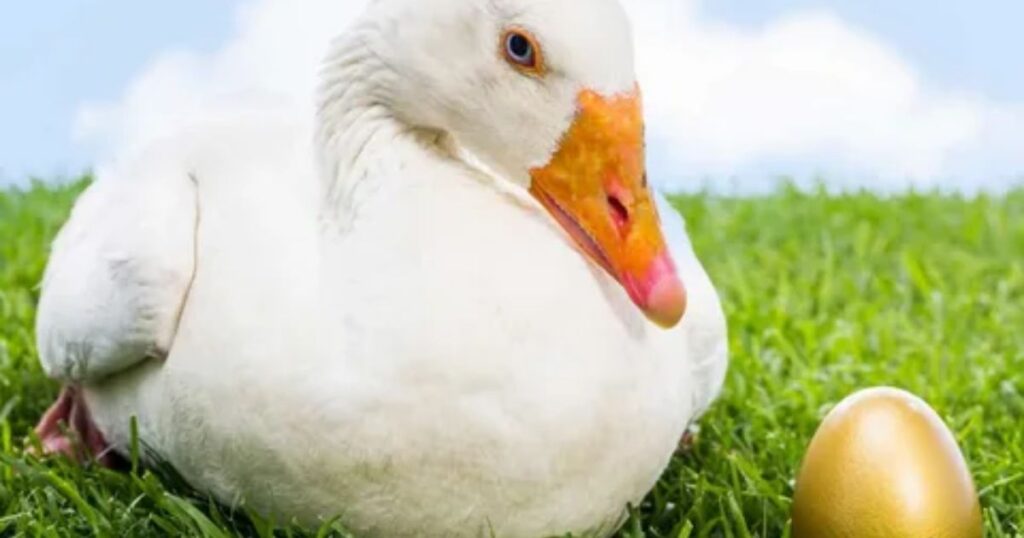
Nesting is a pivotal part of the reproductive cycle for geese. The choice of where to lay eggs directly impacts the survival of the eggs and the goslings. Factors such as predation risks, environmental conditions, and proximity to food sources play essential roles in determining nesting locations. Geese Lay Eggs exhibit remarkable instincts when choosing nesting sites, ensuring their young have the best chance of survival.
General Nesting Locations for Geese

Geese lay their eggs in various environments, depending on their species, habitat, and environmental conditions. Some of the most common locations include:
1. Near Water Bodies
Water is a vital resource for geese, and many species prefer nesting near lakes, ponds, rivers, or marshes. These locations offer several advantages:
- Protection: Water bodies deter many land predators.
- Food Access: Aquatic vegetation and insects provide ample food for the goslings after hatching.
- Escape Routes: Geese Lay Eggs can quickly retreat to water when threatened.
2. On Elevated Ground
Certain geese, such as Canada geese, often build nests on elevated ground close to water. These spots:
- Reduce the risk of flooding.
- Offer a clear view of potential predators.
- Provide a dry and stable environment for the eggs.
3. In Tall Vegetation
Dense grasses, shrubs, and reeds offer natural camouflage, helping nests remain hidden from predators. Geese skillfully use these materials to create insulated nests. if you are curries and learn more about Sparrow Symbolism The Meaning of These Modest Birds
4. Man-Made Structures
In urban or suburban areas, geese have adapted to using man-made structures for nesting. These include:
- Rooftops
- Balconies
- Gardens
- Stormwater basins These locations are often chosen due to reduced predation risks and proximity to green spaces.
5. Remote Islands
Some geese species prefer to nest on small islands in lakes or rivers. The isolation provides safety from most land predators, making islands an ideal choice.
Factors Influencing Nesting Location

Several factors guide geese in selecting their nesting sites. These considerations are vital for ensuring the survival of the eggs and goslings: One question that pet owner must know about owl is Do Madagascar Owls Eat Snakes?
1. Predator Avoidance
Predators like raccoons, foxes, and birds of prey pose significant threats to goose eggs. To mitigate this risk, geese often choose locations that are:
- Hard to access for predators.
- Naturally camouflaged.
2. Proximity to Water
Water is essential for both adult geese and their young. Nesting near water ensures easy access for swimming and feeding shortly after the goslings hatch. Many pet owner don’t have onfo about What Is a Group of Turkeys Called?
3. Shelter from Weather
Exposure to extreme weather can endanger the eggs. Geese seek out nesting sites that offer natural protection from rain, wind, and direct sunlight.
4. Human Influence
In areas with human presence, geese have shown remarkable adaptability. They often choose locations that provide safety from natural predators, even if it means nesting closer to humans.
How Geese Prepare Their Nests
Once a location is selected, the female goose (or “goose”) takes on the responsibility of building the nest. The process involves:
1. Material Collection
The goose gathers materials like:
- Dry grass
- Twigs
- Leaves
- Down feathers (plucked from her own body)
These materials are layered to create a warm and protective environment for the eggs.
2. Nest Construction
The nest is shaped into a shallow bowl to cradle the eggs securely. The bowl shape helps retain heat and prevents the eggs from rolling out.
3. Lining the Nest
The goose uses her down feathers to line the nest, providing insulation against temperature fluctuations and additional softness for the eggs.
Timing of Egg Laying
Geese typically lay their eggs in early spring, aligning with the warmer weather and increased availability of food. The timing varies slightly depending on the species and geographic location.
- Canada Geese: Early to mid-spring
- Snow Geese: Late spring
- Greylag Geese: Late spring to early summer
A female goose lays one egg per day or every other day, with the full clutch consisting of 4–8 eggs on average. Once all the eggs are laid, the incubation period begins.
Unique Nesting Habits of Different Geese Species
1. Canada Geese
Canada geese are highly adaptable and can nest in diverse environments, including urban areas. Their nests are often found near water, on rooftops, or in tall grasses.
2. Snow Geese
Snow geese prefer tundra and arctic regions for nesting. They often choose open areas with a clear line of sight to detect predators.
3. Domestic Geese
Domestic geese tend to nest in secure locations provided by their caretakers. These may include barns, coops, or sheltered outdoor spaces.
Challenges Geese Face When Laying Eggs
1. Predation
Eggs are vulnerable to predators such as:
- Foxes
- Raccoons
- Crows
- Snakes
2. Human Disturbance
In urban areas, human activities like landscaping, construction, or recreational activities can disrupt nesting geese.
3. Environmental Factors
Flooding, extreme cold, or heat waves can threaten the survival of the eggs.
How to Support Nesting Geese
If geese choose to nest in your area, you can take steps to ensure their safety and minimize disturbance:
1. Provide Space
Avoid approaching the nest or the geese, as this can cause stress and lead to abandonment.
2. Protect from Predators
If possible, create barriers to deter predators from reaching the nest.
3. Avoid Using Chemicals
Pesticides, herbicides, and other chemicals can harm the geese or their eggs.
4. Educate Others
Inform neighbors or visitors about the nesting geese to reduce unintentional disturbances.
Fun Facts About Goose Nesting
- Maternal Dedication: Female geese are known to lose up to 30% of their body weight while incubating eggs due to limited food intake.
- Nest Camouflage: Geese instinctively choose materials that blend well with their surroundings to make their nests less visible to predators.
- Synchronized Hatching: Despite being laid days apart, goose eggs typically hatch within a short time frame to ensure the goslings can move as a group.
Conclusion
Geese exhibit remarkable instincts and adaptability when it comes to laying and protecting their eggs. Their nesting habits vary across species and environments, but the goal remains the same: to provide a safe and nurturing space for their offspring. Whether near water, in tall vegetation, or on urban rooftops, geese carefully select their nesting sites to maximize the chances of survival for their young. By understanding and respecting these behaviors, we can coexist harmoniously with these fascinating birds and appreciate their contributions to the natural world.

